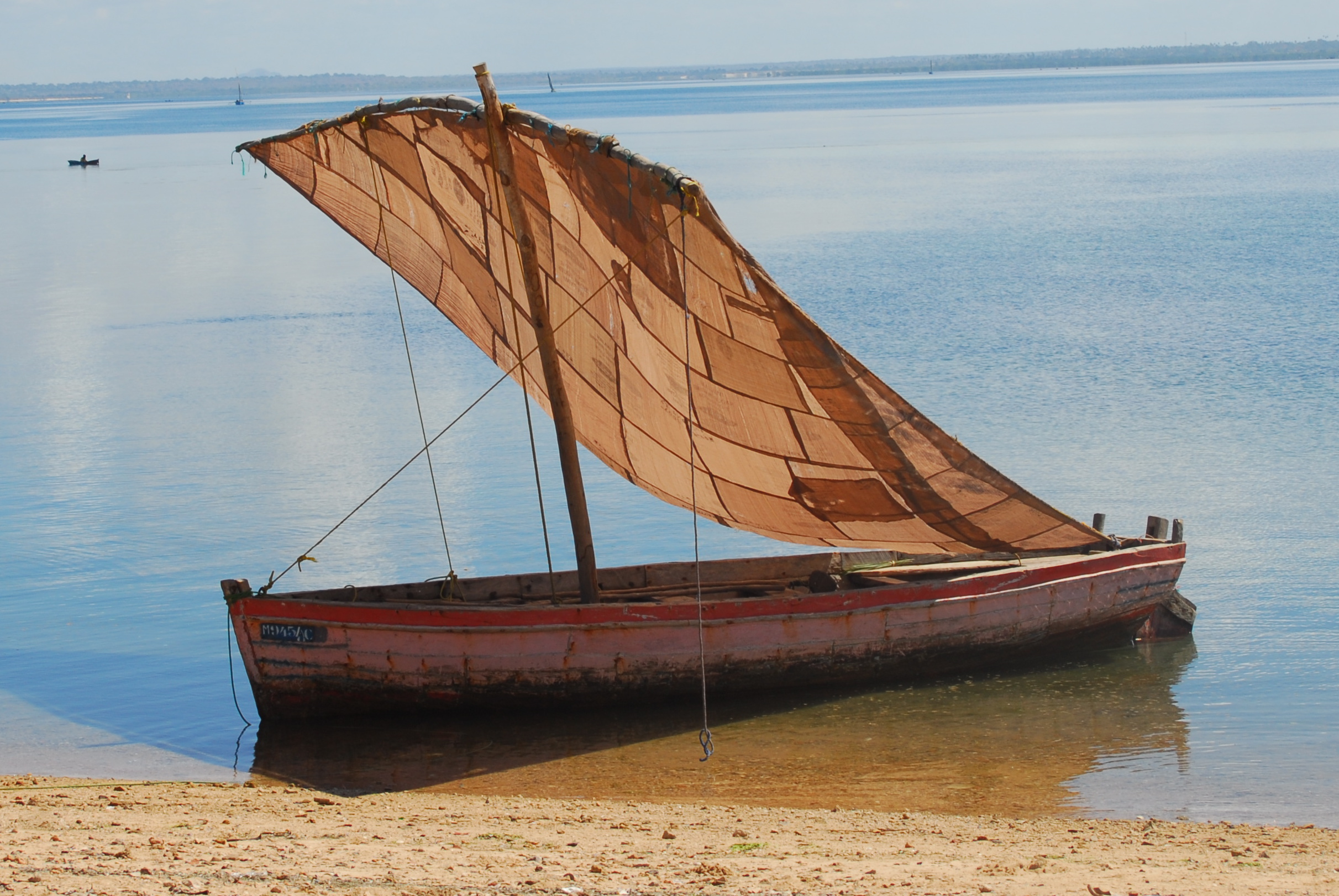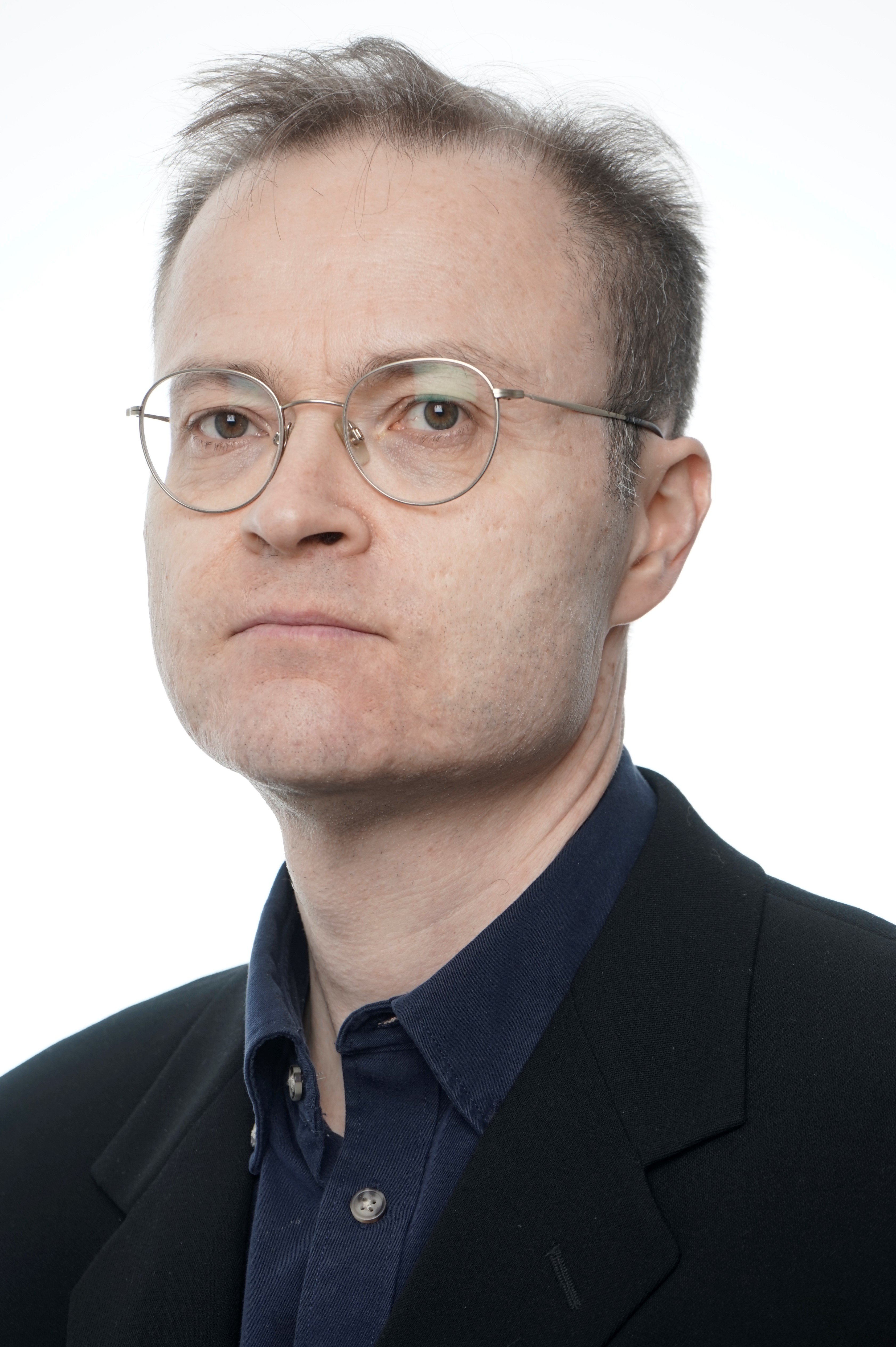
Devaka Premawardhana’s study of mobility among Makhuwa-speakers in Northern Mozambique comes with strenuous efforts to denounce analytical models based on the idea of hybridity in religious and social life. These efforts serve to distance his own position from the accusation which the targets of his primary critique could so easily hurl back at him. For Premawardhana is primarily concerned to denounce what he calls “the rupture paradigm” (163), an analytical position that has, particularly in the recent studies of Pentecostal Christianity in the Global South, sought to theorize radical change as a matter of moving from one exclusive system of meaning to another. If not hybridity, what then is Premawardhana’s alternative in this rather high-stakes theoretical argument?
One phrase Premawardhana uses to convey his position is “existential mobility,” which he feels “connotes human improvisation, experimentation, and opportunism” (42). Another phrase is “polyontological mobility,” with which he explores his finding that while Makhuwa-speakers have come to see religions as “nonoverlapping,” their “facility of transgression” enables them to engage those religions (and other seemingly incompatible practices) as “serially compatible” (100). Mobility is the key term here, not simply to record the important role played by spatial migration in the region both historically and at present, but also to draw attention to the frequent “oscillations” (76) that occur between different symbolic and practical spheres. Makhuwa idioms come to Premawardhana’s aid in conceptualizing the primacy of mobility. For instance, the Makhuwa word for veins is said to do the work that the word for roots does in English-language expressions of identity, with the important difference that where roots serve to locate, veins serve to mobilize through circulation (67). A “language of leaving and entering” also informs local idioms of religious conversion, as it does the everyday oscillations between village and bush (73).

Faith in Flux, the author’s own idiom for his overall project, conveys thus both “an inconstant faith” and “faith in the virtue of inconstancy” (20). As one instance of how this is an exemplary work in contemporary anthropology, local idiom and circumstance inspire thoughts on human lives beyond the local confines. “We do not have cultural identities but cultural repertoires,” Premawardhana puts it sagely (17). Yet it is not only the spectre of hybridity that Premawardhana has to worry about throughout the book. Recognized, albeit under-theorized, in his insights is the inequality among human subjects to appropriate cultural repertoires. Premawardhana warns against “unduly romanticizing mobility, fluidity, and flux,” and indicates awareness of border regimes (76). Hybridity aside, how far does his alternative position take us beyond certain other intellectual and political preoccupations of the 1980s and 1990s? It would seem to carry more than a hint of the optimism that then characterized discussions about agency, globalization, and cosmopolitanism.
Premawardhana’s study is subtle enough to consider examples of curtailed or aborted mobility. One example concerns a farmer whose crops had been destroyed by elephants (68–69). The man’s determination to plant again and his refusal to relocate startled Premawardhana, who came to realize that the Makhuwa word for patience was also the word for courage. He reports to have discovered courage, “perhaps even agency,” in the man’s apparent resignation to his fate. In a similar vein, he marvels at the “improvisational skill” among women who had been forced by their men to renounce some aspects of their religious repertoires (121). “The creative ways to respond” that he identifies furnish compelling evidence, but the analytical optimism, welcome as it is in these troubled times, begs more questions than it answers. If linguists’ work on code-switching, for example, provides one analogy for Premawardhana’s approach (100), why not follow their lead and address inequality as well as improvisation and agency in such processes? What are the conditions and constraints of multiplicity that is not simultaneous but serial, the stuff of the above-mentioned “facility of transgression”?
Perhaps the difficulty here is the imagery of “serially compatible” orientations and practices. It does not dispense with the imagery of discrete or mutually exclusive domains that Premawardhana has found so objectionable in the “rupture paradigm.” To dispense fully with such imagery, not least in the interest of examining inequality, takes us to a period before the optimism of the 1990s to applications of field thinking in mid-century social anthropology. Max Gluckman, whom Premawardhana identifies in a footnote as an “antecedent” for changes in anthropology through the 1980s and 1990s (176), developed with his colleagues a set of methods and concepts to address issues such as urbanization and race relations in Central Africa. Characteristic of their work was to combine fine-grained case studies of negotiated and situational meanings with the analysis of social fields. As I have put it elsewhere, “even the most fleeting, small-scale social interactions had to be understood within a field of relationships of another order, structured and yet not determined by political, economic and ideological forces not immediately apparent to the participant observer” (Englund 2018, 130).
Would field thinking, in other words, complement Premawardhana’s principled commitment to phenomenology? The dilemma is, of course, at least as old as the division between phenomenological and structural approaches to the study of social life. Nor are the exemplary qualities of Premawardhana’s work diminished by historical myopia. “Slavery and warfare,” he writes, “infuse the historical consciousness of those among whom I lived” (44). Yet his principled effort to go “against all forms of abstraction” (15) represents little progress from the positions he seeks to overcome. The alternative to rupture and hybridity begins to look like opportunism in which the questions of inequality get sidelined. The challenge, for which methodological remedies were proposed by Gluckman and his colleagues, is to regard apparently disparate social practices in antagonistic integration within a social field. It is, to evoke Premawardhana’s terms, more oscillation than optimism that one would hope to see in the alternative he proposes—oscillation between phenomenology and field thinking.
References
Englund, Harri (2018). “From the Extended-Case Method to Multi-Sited Ethnography (and Back).” In M. Candea (ed.) Schools and Styles of Anthropological Theory, 121–33. London and New York: Routledge.

